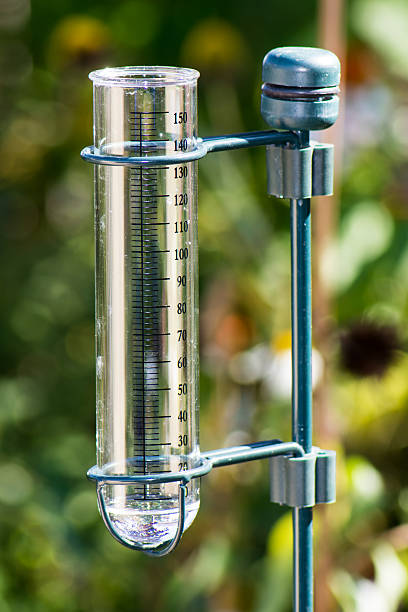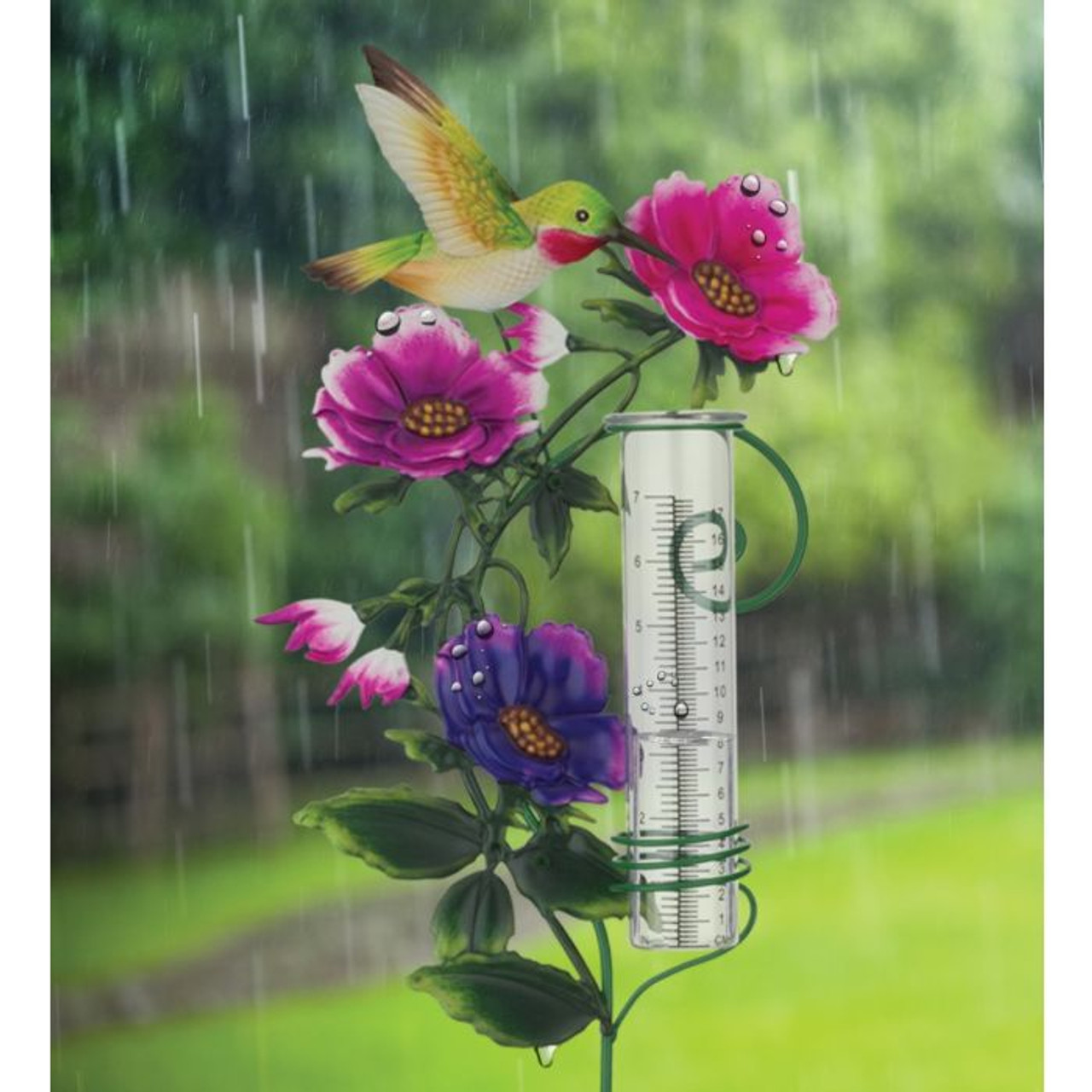The Rain Gauge: Empowering Communities with Precise Rainfall Data
The Rain Gauge: Empowering Communities with Precise Rainfall Data
Blog Article
DIY Rainfall Gauge: Straightforward Actions to Make Your Own
Are you thinking about tracking rains in your location? Producing your very own DIY rainfall gauge is a straightforward and efficient way to videotape and determine rainfall. With just a couple of common materials and some standard steps, you can conveniently construct your very own rain scale at home. In this guide, we will certainly provide you with a detailed procedure to help you develop your own rainfall scale. No demand for any type of specialized expertise or equipment - this project can be completed by any person. By following these easy guidelines, you will have a trusted tool to determine rains and add to your understanding of the local weather condition patterns. So, allow's obtain started on making your DIY rain scale today!
Gather Materials
To begin constructing your DIY rain gauge, gather all the needed materials utilizing a thorough checklist of things. Having the appropriate products accessible will certainly ensure the effective production of your rainfall scale and permit for precise measurements of rainfall. Firstly, you will need a clear plastic container or cylinder, such as a plastic container or jar. Make certain the container is clear so that you can conveniently see the water degree inside. Next off, you will require a leader or gauging tape to mark the increments on the container. This will allow you to gauge the amount of rains properly. Furthermore, you will require an irreversible pen or waterproof tape to mark the dimensions on the container. When revealed to rain, this will certainly make sure that the markings stay noticeable also. Finally, you will need a tough base or stake to securely hold your rain scale in location. This can be a wood or metal risk that can be inserted right into the ground or a durable flat surface area to provide stability. Collecting these materials ahead of time will simplify the building and construction process and make certain that you have every little thing you need to develop your own do it yourself rain scale.
Prepare the Container

Mark the Measurement Increments
To precisely determine the amount of rainfall, precisely marking the dimension increments on your DIY rain scale is necessary. Without clear and specific markings, it would certainly be tough to determine the exact quantity of rainfall accumulated in your rain scale. Right here are the steps to note the measurement increments on your rainfall gauge.
First, choose the unit of dimension that you want to make use of. The most usual units for gauging rainfall are millimeters and inches. Make use of a permanent pen or waterproof paint to mark the increments on the side of your rainfall gauge once you have actually chosen the system. For inches, you can mark every quarter inch or every half inch, depending on your choice. For millimeters, you can note every 10 millimeters or every 20 millimeters.
When noting the increments, it is necessary to make sure that they are evenly spaced and clearly noticeable. Make use of a leader or measuring tape to make sure precision and uniformity. Additionally, make certain that the markings are immune to fading or massaging off, as direct exposure to the components might cause them to weaken with time.
Area the Rain Gauge Outdoors
The rain gauge must be positioned outdoors to properly collect rainfall data. The place selected for the rainfall scale need to be totally free and open from any type of blockages that might possibly impact the dimension of rains. It is necessary to find a spot that is not obstructed by trees, buildings, or other structures that could block the rainfall from getting to the scale. This will certainly make sure that the collected More Bonuses data is representative of the actual rainfall in the location.
Furthermore, it is vital to place the rain scale on a secure surface area, such as a level ground or a strong post. This will prevent any movement or tilting of the scale, which can cause incorrect measurements. It is additionally suggested to prevent placing the scale near any type of sources of fabricated water, such as lawn sprinklers or drain systems, as this might hinder the precision of the measurements.
Display and Record Rain Data
Normal tracking and recording of rainfall information is vital for accurate information analysis and analysis. By monitoring rains measurements, you can gain useful insights right into weather condition patterns, environment patterns, and water source administration. To effectively check and tape-record rains data, it is essential to establish a regular and maintain regular practices.
To start with, guarantee that your rainfall gauge is placed in an open location away from barriers such as trees or buildings that might block rainfall. In addition, make sure the rain scale is level and safely secured to stop any kind of motion that can affect the accuracy of the dimensions.

When videotaping the rainfall data, it is necessary to keep in mind the day and time of each dimension. Make use of a leader or a gauging stick to identify the rainfall depth in the rain gauge, and record this information precisely.
To make certain the accuracy of the measurements, it is recommended to clear the rainfall gauge after each recording. This will stop any type of overflow or evaporation from affecting succeeding dimensions.
Final Thought
To conclude, creating a DIY rainfall gauge is a useful and simple means to keep an eye on and record rains data (The Rain Gauge). By following the actions go to this website detailed in this article, you can conveniently gather products, prepare the container, mark the dimension increments, and put the rainfall gauge outdoors. Routinely monitoring and taping rainfall information can offer beneficial info for different purposes
Having the ideal materials on hand will make sure the effective development of your rainfall gauge and enable for exact measurements of rains.To properly gauge the amount of rains, properly marking the dimension increments on your Do it yourself rain gauge is crucial.The rain scale need to be placed outdoors to precisely accumulate rainfall data. The area chosen for the rain scale need to be complimentary and open from any official statement obstructions that might possibly influence the measurement of rainfall.In final thought, producing a DIY rainfall scale is a sensible and simple method to keep an eye on and videotape rains information.
Report this page